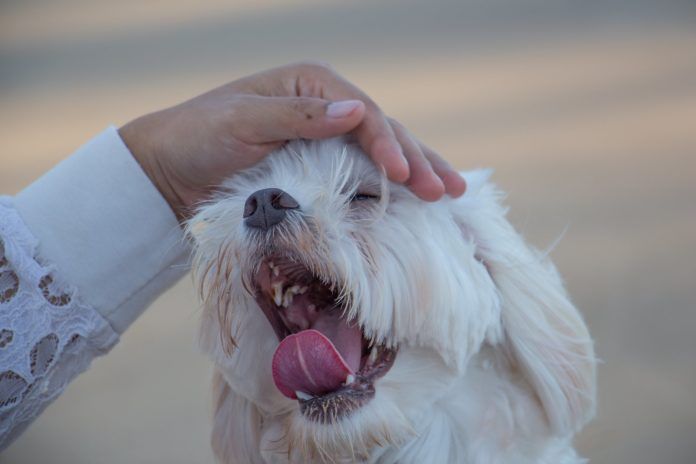BIGSTOCK
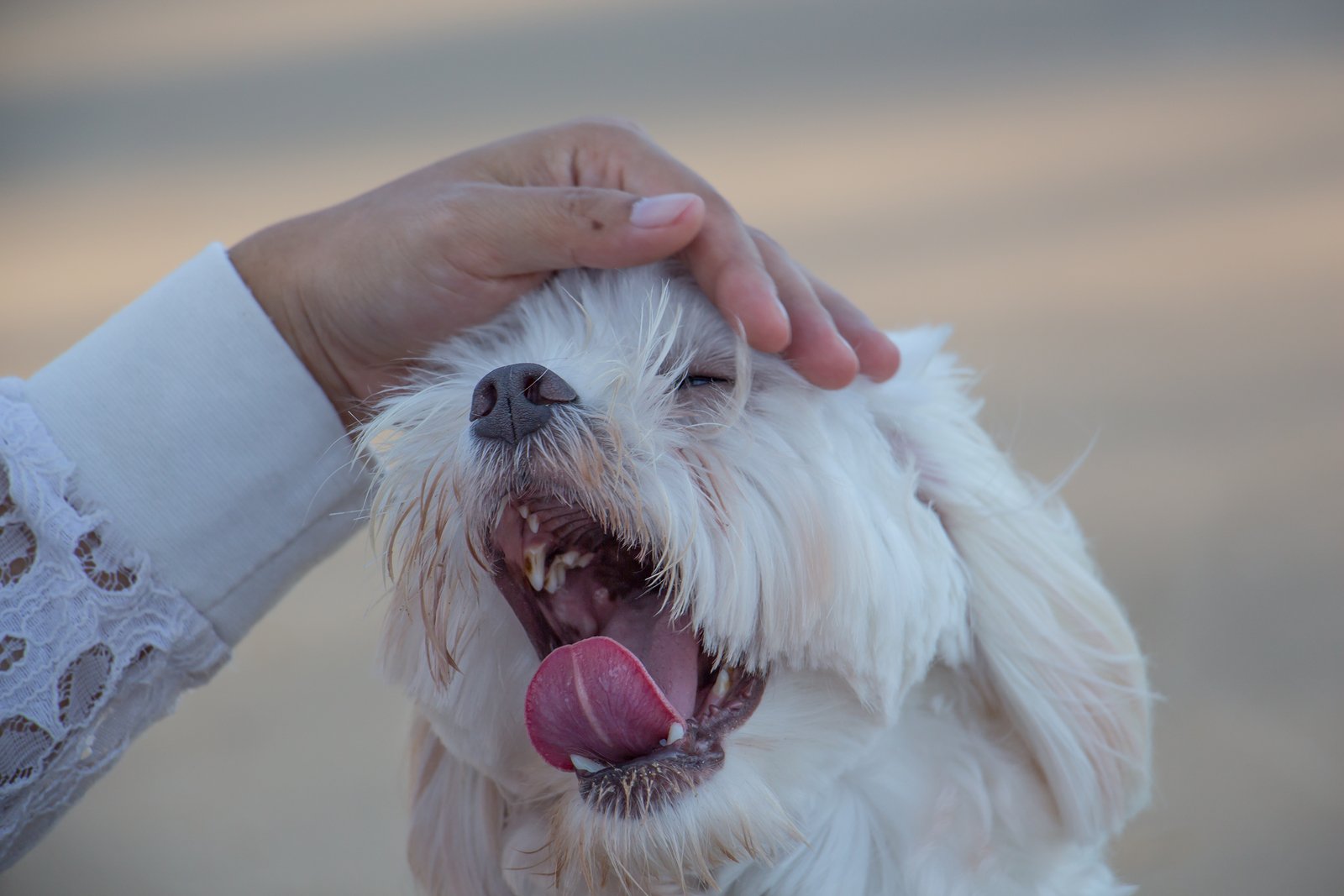
“Imagine reaching out to shake someone’s hand,” says Tufts animal behaviorist Stephanie Borns-Weil, DVM, “and the person grabs you by the shoulders and kisses you on the lips. That level of social discomfort is what a dog might feel” if he comes up to get a whiff of you, and you bend down to his face and start petting his head. From the dog’s point of view, it’s much too intimate a response. By walking over to sniff you, he’s just making an assessment, studying you while he tips his hat, so to speak. Even if he decides he’d like a social interaction once he gets a feel for you, he’s not necessarily looking for a close encounter. That’s a gross over-interpretation of his gesture.
It happens all the time, Dr. Borns-Weil says. We think we understand dogs’ cues, but they have their own handbook for social interaction, and it’s entirely different from our own. Indeed, taking the liberty of petting a strange dog on the head is considered threatening from their point of view. From where they sit, it’s aggressive.
Interestingly, comments Dr. Borns-Weil, “most dogs learn that these weird, upright, two-legged beings do this thing that’s threatening but that they don’t mean it that way.” In fact, she says, when a dog and a person have a close relationship, the dog may love to have his head petted because he understands the human’s intentions; there’s a strong element of trust. But that’s because the dog has learned what people mean. He has studied human behavior, body stance.
It makes anthropological sense. A book written more than half a century ago, The Colonizer and the Colonized, made the point that the one in power doesn’t have to know anything but that to survive, the powerless have to know everything — the language, the customs, of those in charge.
However, Dr. Borns-Weil says, “you can have a much richer relationship with your dog, and dogs in general, if you learn their signaling and respond to them appropriately. “Dogs learn to speak human, but what I would love is if humans learned a little more how to speak dog. We don’t have to, but it would be the right thing to do.”
The onus is indeed on us to understand dogs’ communication signals in order to bridge the gap. “It’s hard to communicate even across genders,” Dr. Borns-Weil comments. “How much harder it is across species, especially when one of those species doesn’t even have a language center in his brain.”
The need for people to go the extra step of learning what dogs mean is more important now than ever. “While many dogs do come to understand our intentions,” Dr. Borns-Weil says, “with all the rescues out there that people are adopting — a good thing, to be sure — we have a less resilient population of dogs who didn’t necessarily have proper socialization when they were puppies and therefore may be less likely to ‘get’ us.” The solution is for us to get them.
With that in mind, here are seven canine behaviors that are often misunderstood by people — and the best ways to reinterpret their meanings.
BIGSTOCK
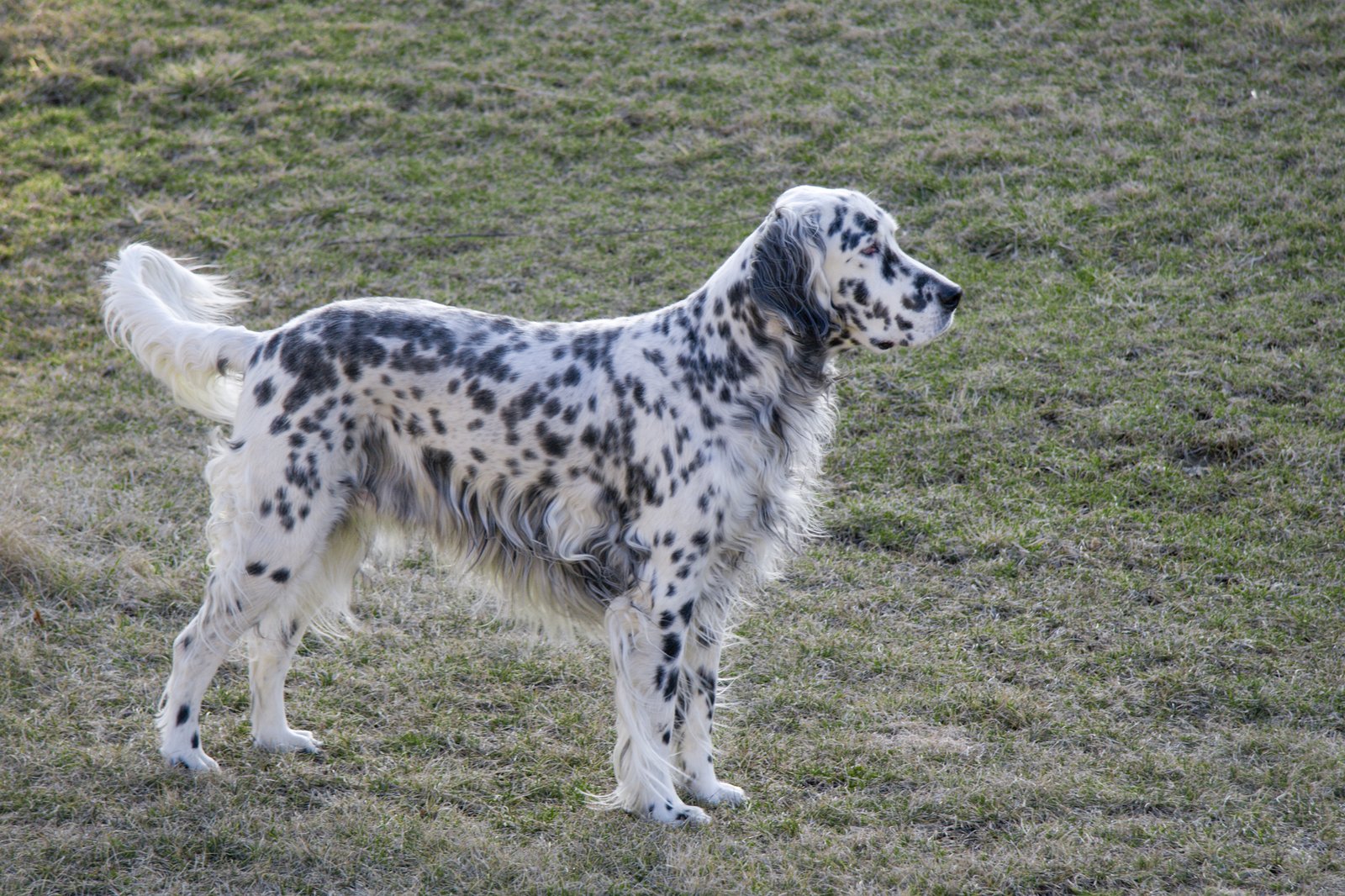
1. Tail wagging. It’s a lack of understanding about the meaning of tail wagging that lands a lot of dog patients in Dr. Borns-Weil’s office at the Tufts Animal Behavior Clinic. A client will say, “a kid bent down to pet my dog when his tail was wagging, so I thought it was okay, but the dog snapped at the kid. I don’t get it.” That is, the tail wagging was a prelude to aggression, not a pleasant interaction.
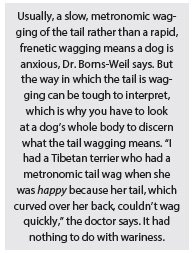
“People always think it means a dog is happy when he wags his tail,” notes Dr. Borns-Weil, “but it just means arousal. You have to look at it in context to understand its meaning.
“It’s like the volume of a voice,” she says. “If you’re just listening to the volume of someone’s voice and not attending to the tone of the words being spoken, you don’t know if the person is cheering on the Red Sox in the World Series or screaming out the window to someone who has just cut them off in their car. It’s the same with a dog’s tail wags. You know the dog is aroused, but you don’t know why. You have to look at the rest of the animal’s body language.”
Is the dog’s body carriage stiff, rigid? Are his ears pinned back? Does he have a fixed stare, or are his eyes blinking rapidly? Is his mouth pulled back with his lips really tight and his teeth barred? None of these are good signs. A rigid stance means the dog is ready to fight, while pinned-back ears and rapid blinking indicate anxiety, and a fixed stare signals either aggression or fear that can lead to aggression. And if the mouth is pulled back tight with the teeth showing, “you listen to the teeth, not the tail,” Dr. Borns-Weil says. In all of those instances, the body language accompanying the tail wagging says the dog is not feeling well disposed.
On the other hand, if the dog’s body is relaxed and the eyes are loose and happy, maybe even kind of bright, a wagging tail is a good sign. Ditto for a relaxed mouth, either open or closed, and loose skin over the face.
2. Scratching, sneezing, yawning. Do scratching and sneezing mean itchy and sinus-y? They can. But they can also be conflict or displacement behaviors. The conflict is inner. The dog wants to be doing one thing but is stuck doing another. Or he’s conflicted simply because he doesn’t know what to make of a situation; he feels uncomfortable. For instance, if a child walks over to your dog and your dog suddenly drops down and starts scratching, it’s probably to displace the behavior he wants to be engaging in — getting away from the child — with this other behavior. Think of how, when you’re impatient for a red light to change, you may fiddle with the radio stations, or your makeup. You don’t really need to hear different music or fix your face. You just need to be doing something until the something you want to happen — the light turning green and your moving along — does.
Yawning most definitely can signal frustration or inner conflict. It certainly does not signal fatigue. People do not yawn from fatigue, either. “The function of yawning is not currently known,” says Dr. Borns-Weil. “What we do know is that it’s very socially facilitated, and that it crosses species. In one experiment, when the researcher yawned, 21 out of 27 dogs yawned with him. It occurs in every species, even fish.” It’s thought that it may have something to do with neurons called mirror neurons. In other words, it may be a reflection of empathy. But in a dog (or a person), it could also be a way of dealing with social discomfort or stress, or even an attempt to repress an aggressive response.
3. Lack of eye contact. A lot of people think their dog is being rude, or a wise-acre, when they’re talking to him (perhaps in reprimand — “Look at me when I’m scolding you”), and the dog doesn’t look right back at them. Nothing could be further from the truth. Dogs think it is rude to look someone in the eye. Staring at another is considered hostile in the canine world, making a dog think that if he sustains eye contact with you, you’ll feel threatened and believe he’s ready for a fight when that is not the case. Dogs do learn that when their people look directly at them, they don’t mean it as a threat, but they still may feel uncomfortable looking directly back. Don’t take it the wrong way.
4. Moving away from a closed fist. To help a dog feel comfortable, some dog lovers make a fist to let a dog sniff their hand before they go to pet him — or they tell a little one to make a fist. They believe the dog sees it as less threatening than just going straight to the petting, as well as less threatening than an open hand. He doesn’t. A fist to the nose, petting on top of the head, a quick approach — a dog sees all of these as potential aggressions.
Much better for the dog, especially if it’s a stranger that you’d like to say hello to, is calling out to him and inviting him to come to you. If he does, fine. If he doesn’t, leave it alone. Where’s the victory — or the pleasure — in forcing a dog into a social interaction he doesn’t want?
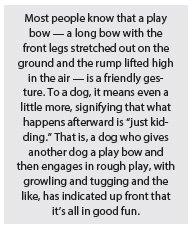
5. Approaching in a banana-like route. Have you ever told your dog to “Come,” then waited impatiently while he slowly made his way to you in a wide arc rather than in a straight line? He very well may not have been dawdling but, instead, have been acting respectfully. Making a bee-line for someone can be an act of aggression to a dog. By coming to you along a line shaped like a banana, he’s telling you that he’s approaching gently — and giving you time to size him up as well as vice versa. Don’t be angry at him for that.
6. Pulling the house apart while you’re away. It may seem for all the world like your dog is punishing you for leaving him if you come home to a house turned upside down, perhaps with stuffing pulled out of upholstery and lamps and kitchen items overturned. But a wrecked house does not indicate that your dog is getting back at you for leaving without him. It indicates the shear panic that comes with severe separation anxiety. Dogs with debilitating separation anxiety can’t think straight in your absence. They are beside themselves with fear. Showing anger upon your return only makes a scared, out-of-his-wits dog feel even worse.
By the way, if you think your dog looks guilty for his misdeeds by the expression on his face, rethink it. Guilt is a very complex emotion involving conscious recognition of having wronged another on purpose, and researchers are not convinced dogs experience it. The so-called guilty look you are seeing when you come home to a turned-over house is simply your pet’s feeling bad — and scared that you are displeased.
7. Crotch sniffing. A dog who sniffs your crotch is not trying to gain some kind of dominance over you. He does it because that’s where the relevant odors are, the ones that will tell him a lot about you. It is not unreasonable to teach a dog that crotches are off limits by using the “leave it” cue and rewarding the desired behavior with treats. But a dog’s main tool for gathering information about others is his nose, and it is therefore in his nature to seek out the most interesting and salient odors. Consider that dogs do not think it rude behavior to sniff under each other’s tails. It’s entirely normal for them; their odors are their calling card.


